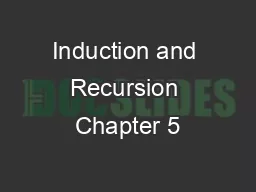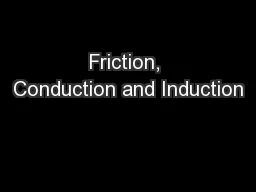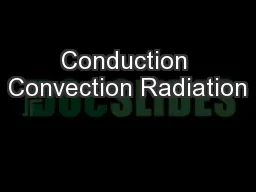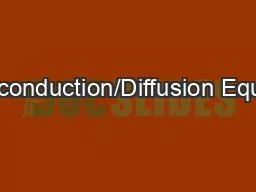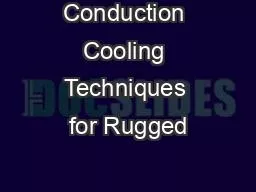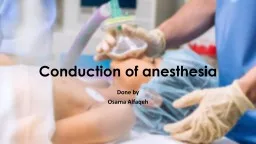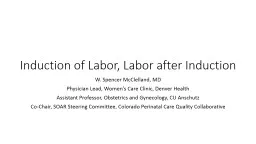PPT-Conduction and Induction
Author : tawny-fly | Published Date : 2018-11-04
SNC1P Charged Objects An electroscope is an instrument that can be used to detect static charge The study of static electric charges is called electrostatics
Presentation Embed Code
Download Presentation
Download Presentation The PPT/PDF document "Conduction and Induction" is the property of its rightful owner. Permission is granted to download and print the materials on this website for personal, non-commercial use only, and to display it on your personal computer provided you do not modify the materials and that you retain all copyright notices contained in the materials. By downloading content from our website, you accept the terms of this agreement.
Conduction and Induction: Transcript
Download Rules Of Document
"Conduction and Induction"The content belongs to its owner. You may download and print it for personal use, without modification, and keep all copyright notices. By downloading, you agree to these terms.
Related Documents

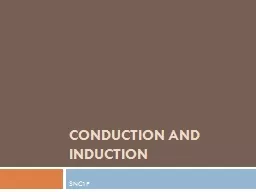
![Chapter 3: Unsteady State [ Transient ] Heat Conduction](https://thumbs.docslides.com/335260/chapter-3-unsteady-state-transient-heat-conduction.jpg)
